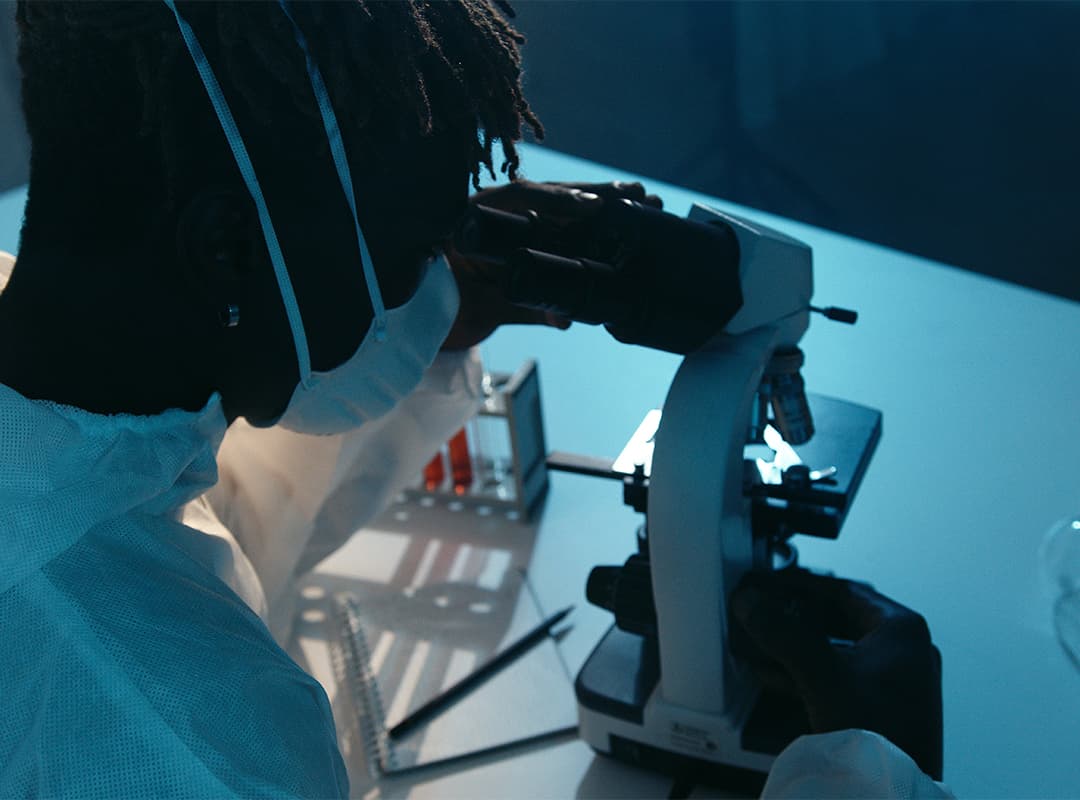Biomechanics is a field of natural sciences that studies and describes, based on the ideas and methods of modern mechanics, the properties of biological objects and phenomena in them at all levels of organization (from molecular structures of cells to highly organized organisms) and in various states, including periods of development and aging, pathologies, etc. The task of biomechanics is also to apply the results of such studies for the further development of mechanics, biology and medicine, including for the purposes of diagnostics and creation of tissue and organ substitutes, for the development of methods of influencing processes in living objects (including prevention and treatment), for the creation of methods for analyzing and correcting natural, labor and sports movements, for the development of methods of protecting a person from the adverse effects of mechanical factors. Biomechanics refers to those areas whose development is necessary for the introduction of the latest achievements of science and technology into medicine.
Methodology
The interest in the problems of mechanics related to the structure and functioning of living systems, on the one hand, was due to purely practical needs associated with the need for more adequate and detailed knowledge of the structure and functions of the human body both in normal and in diseases, in order to be able to carry out various medical interventions in the most appropriate ways. On the other hand, the current level of development of the basic natural sciences has made it possible to begin systematic fundamental research aimed at identifying and understanding the basic laws (physical, chemical, mechanical, cybernetic in nature) of the structure, functioning and development of such highly sophisticated and highly reliable “machines” as living organisms, whose enormous diversity constitutes the Earth’s biosphere. Not as much is known about the workings of human, animal, and plant organisms, even the most common ones, as is usually thought, and this ignorance covers even the simplest, at first glance, questions. Often, the structure of an organ and its mechanical function are known in detail, but there is no detailed understanding of the mechanism of operation. It also happens that the structure of an organ and some of the processes that take place in it are known, but its general purpose is unclear. Finally, often due to experimental difficulties, the structure of an organ is poorly understood and, as a result, even the principle of its operation is unknown. Examples of such situations will be mentioned below.
Relationship to other sciences
While the application of natural sciences to the problems of modern engineering and technology has reached a high level of efficiency, and in fact, it comes down to the skilled use of well-understood primary laws, in biomechanics, it is necessary to first create a foundation for the development of fundamental knowledge, methodology and theoretical concepts, which will allow to bring the applied aspects to a corresponding high level. The theoretical methods of biomechanics are based on the achievements of modern mechanics, which studies mechanical motion itself in connection with physical, chemical and electromagnetic phenomena and using the appropriate mathematical apparatus and computer technology. Experimental biomechanics combines the methods of mechanics with those developed in biology and medicine. One of the most responsible and time-consuming aspects of biomechanics is the systematization and analysis of large amounts of observational data accumulated in biology, the translation of vague verbal descriptions into mechanical terms and, whenever possible, into formal mathematical constructions. The latter are needed not so much for quantitative calculations as for qualitative judgments. Biomechanics is closely related to other areas of life science; for example, to theoretical biology, bionics and bioengineering, biocybernetics, biotechnology, ergonomics, physiology, etc.
Organization of research
Research in biomechanics is conducted in all developed countries. Specialized research institutes operate in the United States, Germany, Japan, Canada, Italy, and a number of other countries. A wide network of biomechanics laboratories exists in most leading universities in the United States and European countries, in large industrial associations and clinics. Especially numerous are the research groups that provide physiological and medical programs of biomechanics. Such research has been significantly developed in Bulgaria, Czechoslovakia, and Poland, where specialized research institutions have also been established. The International and European Societies of Biomechanics, a number of national societies and societies uniting biomechanics researchers of a narrower profile are actively functioning.
